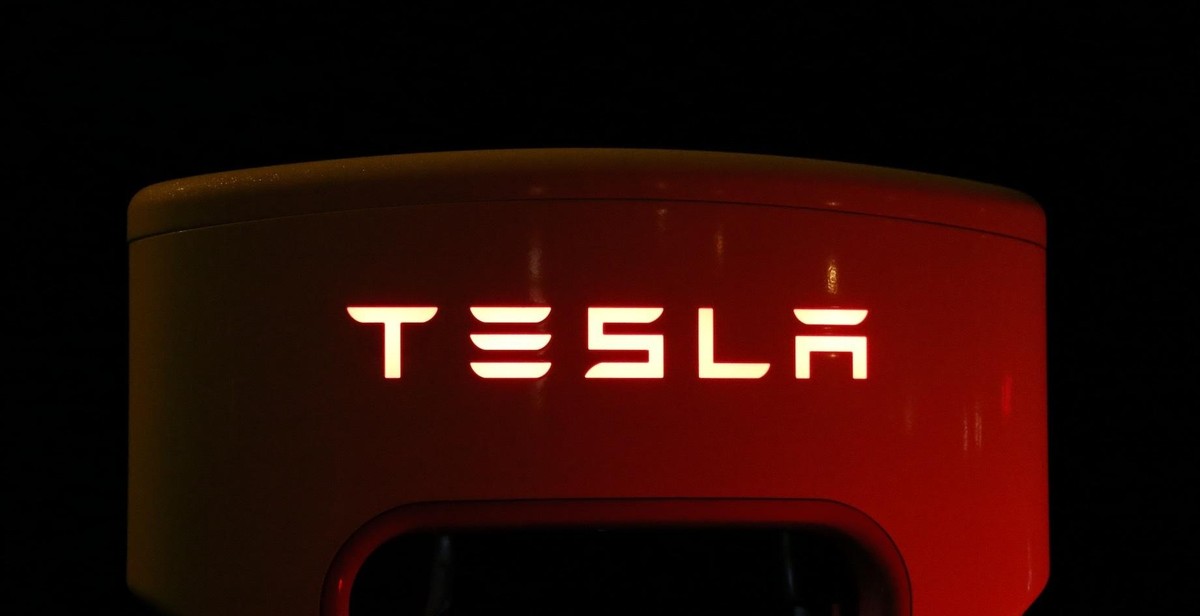How to Perform Basic Maintenance on Electric Car Batteries
Electric cars are becoming increasingly popular due to their low environmental impact and cost savings on fuel. However, the batteries that power electric cars require maintenance to ensure they remain in good condition and perform optimally. Basic maintenance can help prolong the life of your electric car batteries and prevent costly repairs or replacements.
Why Basic Maintenance is Important?
Like any other battery, electric car batteries degrade over time and lose their capacity to hold a charge. Basic maintenance can help slow down this process and ensure that your electric car batteries last longer. It can also help prevent unexpected breakdowns and extend the range of your electric car.
Basic maintenance on electric car batteries includes regular charging, avoiding overcharging or undercharging, and keeping the battery clean and cool. Regular charging helps keep the battery cells active and prevents them from degrading. Overcharging or undercharging can cause damage to the battery cells and reduce their lifespan. Keeping the battery clean and cool helps prevent corrosion and overheating, which can also damage the battery.
Performing basic maintenance on your electric car batteries is easy and can be done at home with the right tools and knowledge. By following simple maintenance practices, you can ensure that your electric car batteries remain in good condition and perform optimally for years to come.

Battery Basics
Electric car batteries are the heart of any electric vehicle. They store the energy that powers the electric motor, and they are responsible for the car’s range and performance. In this section, we will discuss the different types of electric car batteries and their capacity and range.
Types of Electric Car Batteries
There are two main types of electric car batteries: Lithium-ion (Li-ion) and Nickel-Metal Hydride (NiMH).
- Lithium-ion (Li-ion) batteries: These are the most common type of electric car battery. They are lighter and more energy-dense than NiMH batteries, which means they can store more energy in a smaller space. They are also more expensive.
- Nickel-Metal Hydride (NiMH) batteries: These batteries are cheaper than Li-ion batteries, but they are also heavier and less energy-dense. They are still used in some electric cars, but they are becoming less common.
Battery Capacity and Range
The capacity of an electric car battery is measured in kilowatt-hours (kWh). The higher the capacity, the more energy the battery can store, and the longer the car’s range. The range of an electric car depends on several factors, including the battery capacity, the car’s weight, and the driving conditions.
Most electric cars have a range of between 100 and 300 miles on a single charge. However, some high-end electric cars can travel up to 400 miles on a single charge.
| Battery Capacity | Range |
|---|---|
| 30 kWh | 100-120 miles |
| 40 kWh | 140-170 miles |
| 60 kWh | 200-240 miles |
| 85 kWh | 265-300 miles |
It is important to note that the range of an electric car can vary depending on several factors, including driving habits, weather conditions, and the use of accessories such as air conditioning or heating.
In the next section, we will discuss how to perform basic maintenance on electric car batteries to ensure they perform at their best.

Performing Basic Maintenance on Electric Car Batteries
Electric car batteries are a vital component of your electric vehicle, and it’s essential to keep them in good condition for optimal performance and longevity. Basic maintenance can help keep your battery operating at its best and extend its lifespan. Here are some tips on how to perform basic maintenance on electric car batteries:
Checking Battery Charge Level
One of the most important things you can do to maintain your electric car battery is to keep an eye on its charge level. Make sure to charge your battery regularly and avoid letting it drain completely. Many electric cars have a dashboard display that shows the battery charge level, so it’s easy to keep track of. If your vehicle doesn’t have a display, you can use a portable battery tester to check the battery’s charge level.
Cleaning Battery Terminals
Dirty or corroded battery terminals can cause problems with your electric car battery’s performance. To clean the terminals, disconnect the negative terminal first, then the positive. Use a wire brush or battery terminal cleaner to remove any corrosion or buildup. Once the terminals are clean, reconnect the positive terminal first, then the negative.
Inspecting Battery Cables and Connections
It’s important to inspect the battery cables and connections regularly for signs of wear or damage. Check for cracks, frayed wires, or loose connections. If you notice any issues, have them repaired as soon as possible to prevent further damage to the battery or other parts of your electric car.
Replacing Damaged Cables or Terminals
If you find that your battery cables or terminals are damaged beyond repair, it’s important to replace them promptly. Damaged cables or terminals can cause problems with your electric car battery’s performance and can even be a safety hazard. It’s best to have a professional mechanic replace damaged cables or terminals to ensure that the job is done correctly.
| Task | Frequency |
|---|---|
| Check battery charge level | Regularly |
| Clean battery terminals | Annually |
| Inspect battery cables and connections | Annually |
| Replace damaged cables or terminals | As needed |
By performing these basic maintenance tasks, you can help ensure that your electric car battery operates at its best and lasts as long as possible. Regular maintenance can also help prevent costly repairs down the road.

Maximizing Battery Life
Electric car batteries are an expensive component of an electric vehicle. Therefore, it is important to take good care of them to ensure they last as long as possible. Here are some tips on how to maximize the life of your electric car batteries:
Avoiding Extreme Temperatures
Extreme temperatures can damage electric car batteries. High temperatures can cause the battery to degrade faster, while low temperatures can reduce the battery’s capacity and make it less efficient. It is important to park your electric car in a shaded area or garage to protect it from direct sunlight and avoid parking it in extremely cold areas for extended periods.
Avoiding Deep Discharge
Deep discharging your electric car battery can reduce its lifespan. It is recommended to keep the battery charged between 20% and 80% capacity. If you need to store your electric car for an extended period, make sure to charge the battery to 50% capacity and disconnect it from the car.
Using Regenerative Braking
Regenerative braking is a feature that allows electric cars to recover energy while braking. This feature can help extend the battery’s range and lifespan. It is important to use regenerative braking whenever possible, especially when driving downhill or in stop-and-go traffic.
Avoiding Fast Charging
Fast charging can cause the battery to degrade faster. It is recommended to use slow charging whenever possible. If you need to use fast charging, limit its use to occasional situations.
Regular Maintenance
Regular maintenance of your electric car’s battery can help extend its lifespan. It is important to follow the manufacturer’s recommendations for maintenance, such as checking the battery’s state of charge and inspecting the cables and connectors for signs of wear or damage.
By following these tips, you can help maximize the life of your electric car’s battery and save money in the long run.

Conclusion
Electric cars are becoming increasingly popular due to their environment-friendly nature and cost-effectiveness. However, just like any other vehicle, electric cars require proper maintenance to ensure optimal performance and longevity. Basic maintenance of electric car batteries is a crucial aspect of keeping your vehicle in good condition.
By following the steps outlined in this article, you can perform basic maintenance on your electric car battery without the need for professional assistance. Regularly checking the battery’s state of charge, charging the battery correctly, and keeping the battery clean can significantly extend its lifespan and improve your car’s performance.
It is essential to note that while basic maintenance can help keep your electric car battery in good condition, it is not a substitute for professional servicing. If you notice any unusual behavior or performance issues with your electric car battery, it is best to take it to a certified electric car technician for a thorough check-up.
Lastly, it is crucial to dispose of your electric car battery responsibly. Electric car batteries contain hazardous materials and should not be disposed of in regular waste. Check with your local authorities on how to dispose of your electric car battery safely and responsibly.
In summary, to maintain your electric car battery, you should:
- Regularly check the state of charge
- Charge the battery correctly
- Keep the battery clean
- Take your car to a certified technician for professional servicing
- Dispose of your electric car battery responsibly
By following these simple steps, you can ensure that your electric car battery performs optimally and lasts longer, providing you with a smooth and cost-effective driving experience.
